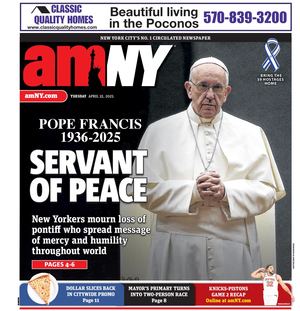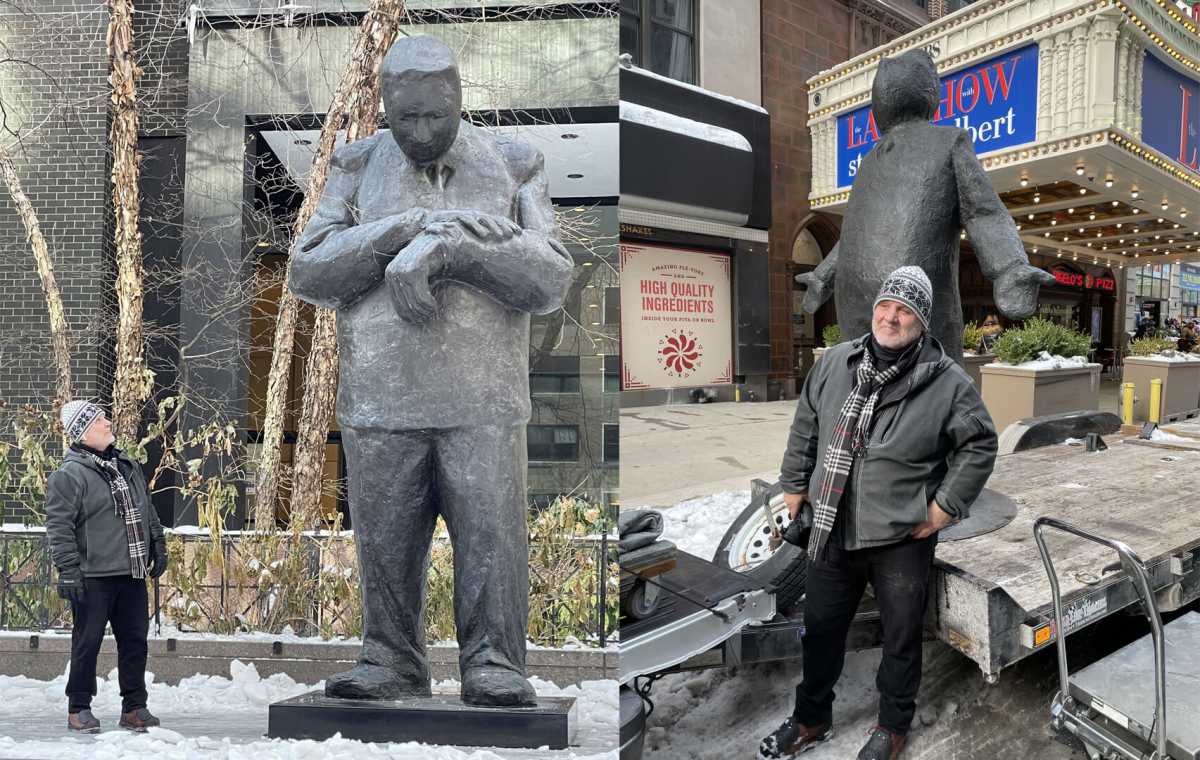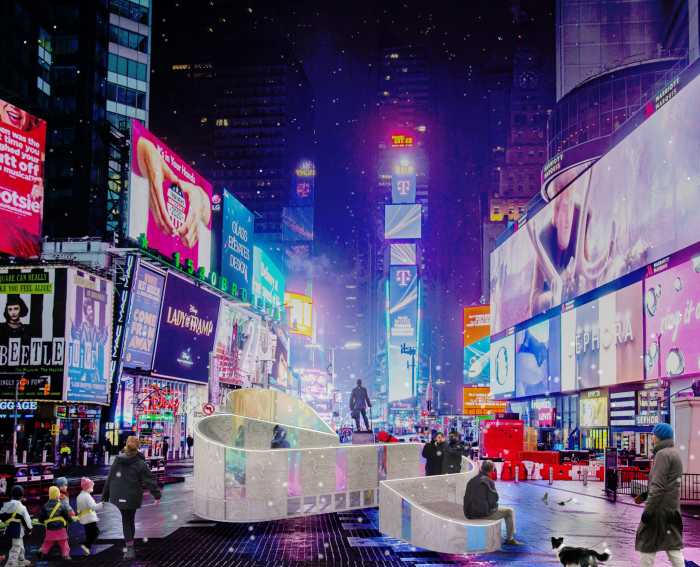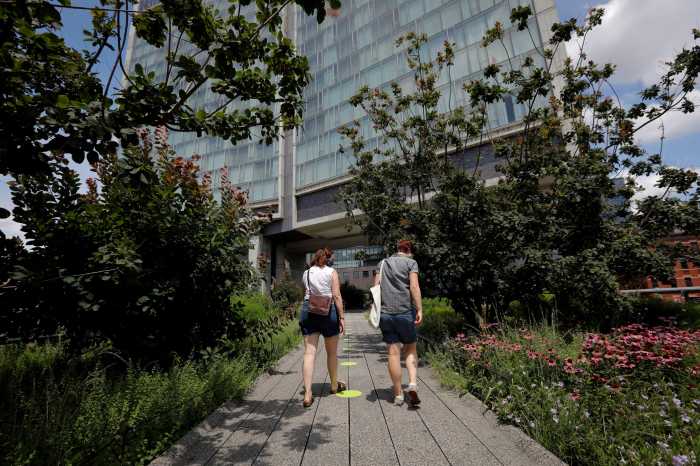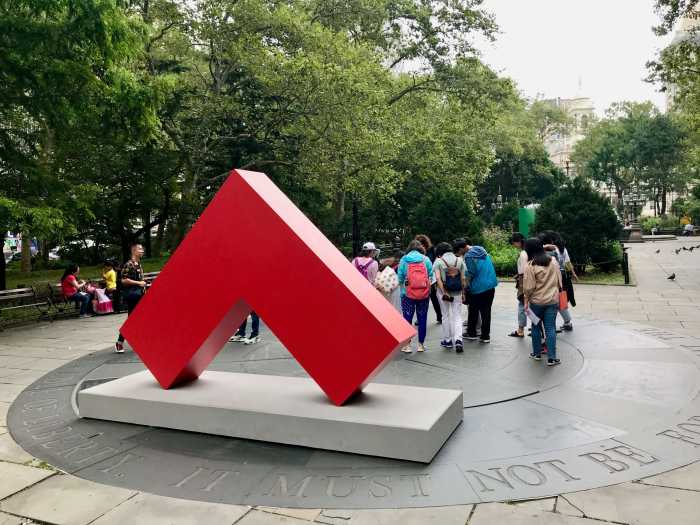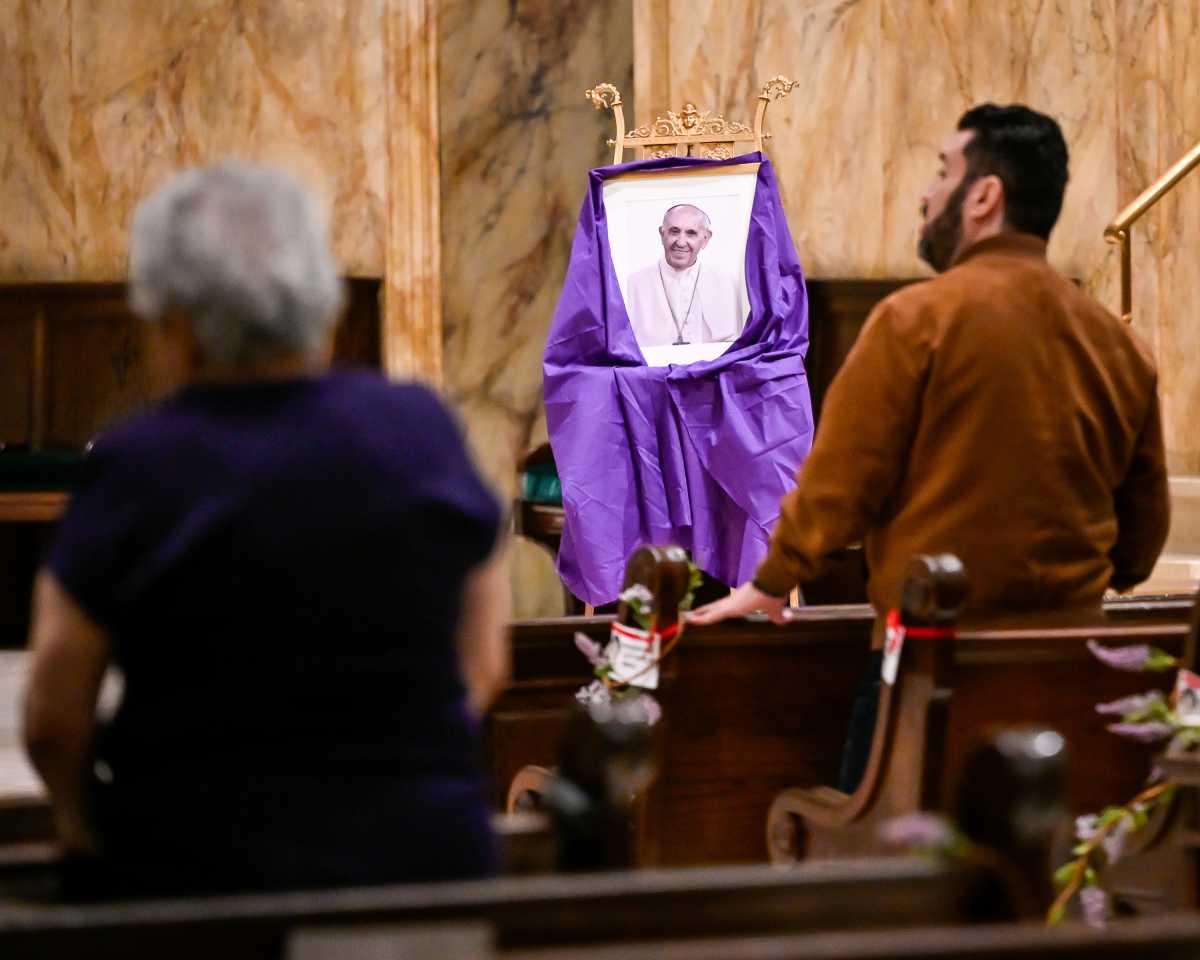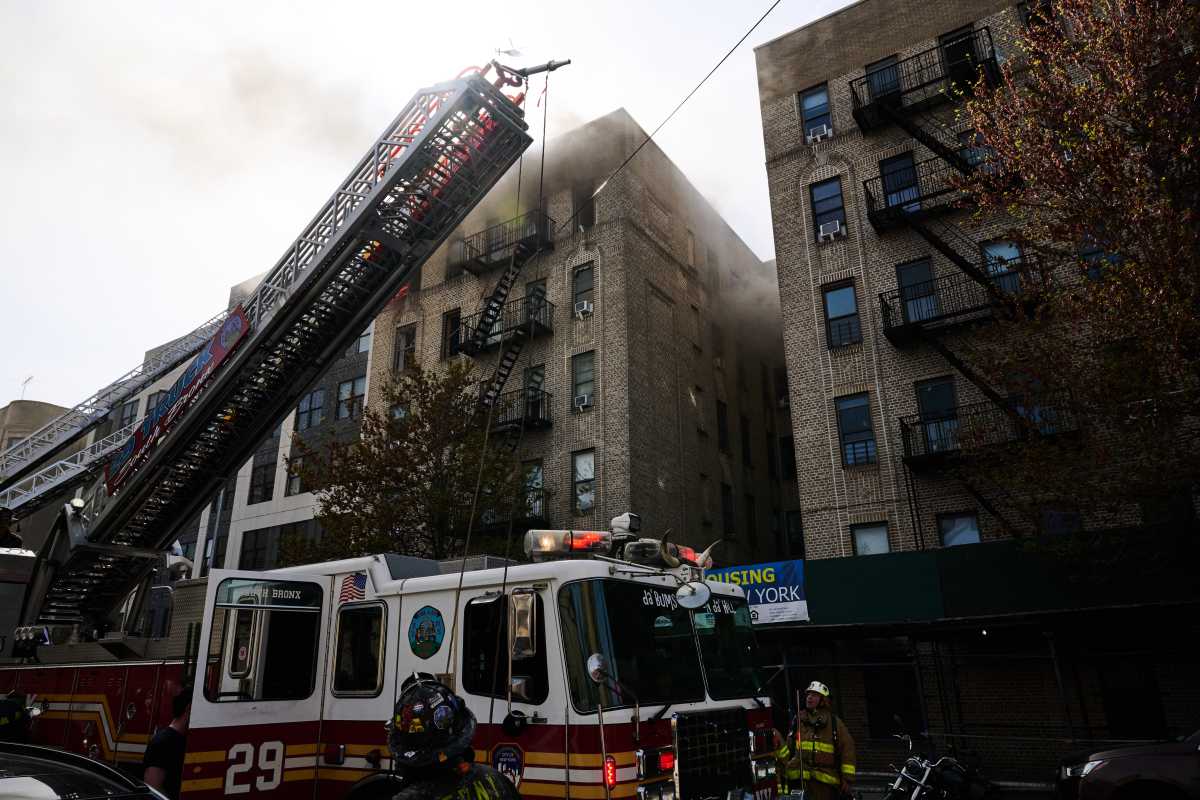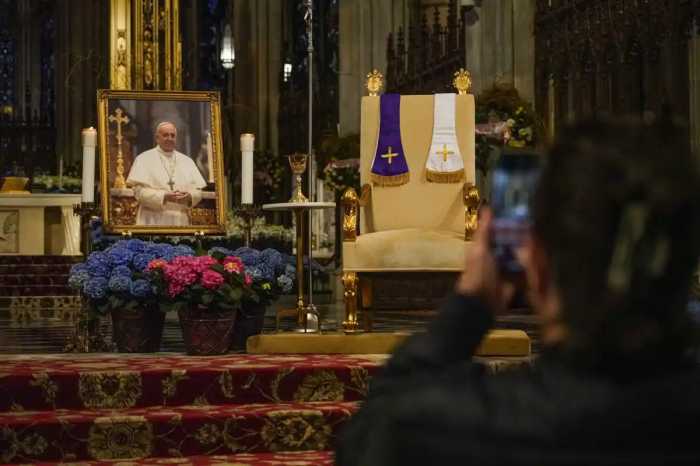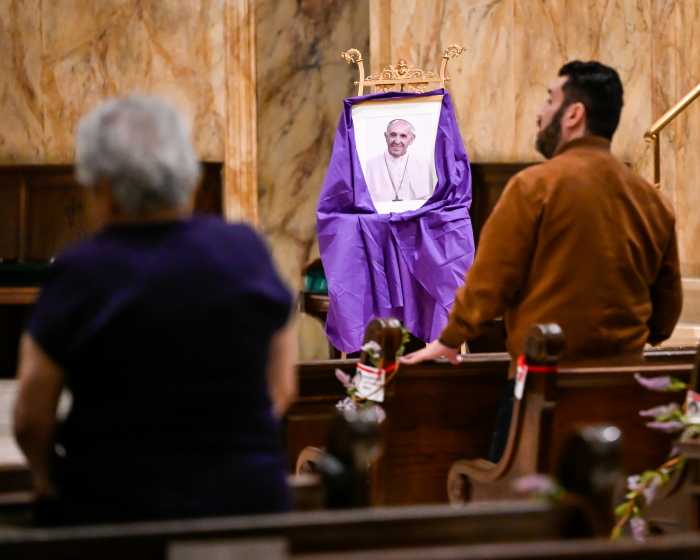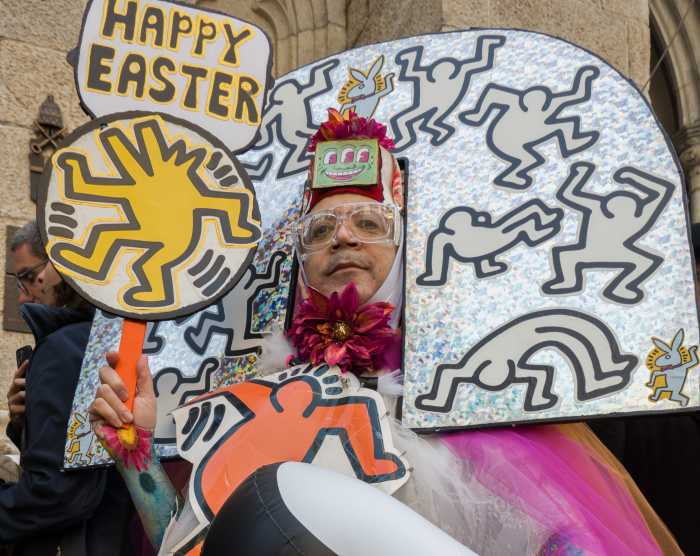Jim Rennert always gravitated towards art. As a kid, he was always drawing, but after getting a C- in a high school drawing class he thought maybe it wasn’t something he was very good at.
Having been discouraged to be an artist by his family, Rennert ultimately went to college seeking a business degree. While there, he took an aptitude test and found that the results showed he was good for business and art.
“I went over to the art department at my school. The business administration building was always so gray, military-looking, and kind of ugly. I opened the door to the art building and it had so much color and beauty,” said Rennert. “I sat down with a counselor in that department and he told me, ‘Don’t expect to graduate in four years, it will probably take 6 years.’ I was not a huge fan of school, I am dyslexic — I always had a great time but it was difficult. But I thought I can’t be in school that long and stuck with business.”
Years went by and Rennert had spent some time working in the business field. When he was 34 years old, Rennert bought some clay on a whim to see what he could do with it. He ended up sculpting a bust of his oldest son and was blown away at how much it looked like him.
“I didn’t know I could do this, it was better than anything I’d ever drawn before. I went back the next day and bought another block of clay and did my second oldest son, I thought it could be a fluke,” said Rennert. “I did my second son the next night and I was blown away because I didn’t know this about myself. I didn’t know I could do this.”
Rennert was also surprised to learn that just because he can sculpt, it does not mean that everyone else can. A friend of Rennert’s, a football player who did woodworking on the off-season, saw Rennert’s busts of his boys and wanted to give it a try himself, but he could not do it.
“That blew me away. I thought if he can’t do this, and everyone can’t do this, I should do this,” said Rennert. “We were at the point of business and things where I had to make a choice: do I continue with business, which I’m not really good at, or do I pursue this clay?”
As Rennert began to sculpt more, he started taking commissions for more decorative art pieces. When he wanted to take the leap to fine art, Rennert started to utilize his business experience to create his sculptures, often using athletic themes to illustrate common conflicts and interactions in business, such as figures doing tug of war.
“The jump to fine art was doing pieces with meaning. Every piece I do now has a concept and an idea behind it. I have a piece where a few guys are doing tug of war called ‘Business As Usual.’ It could be sales versus the rest of the office, Democrats versus Republicans — in every business there’s always a struggle and always a fight so to speak,” said Rennert. “There’s always effort on both sides. That was the big leap, from decorative to something that has purpose and meaning, that could speak to people and would create an emotion in them and create an experience. That’s the thing I could find I could do.”
The sculptor was introduced to a fine art foundry that helped him make molds and cast his sculpture in bronze for him. He made his first sale to a gallery in Park City, Utah, in 1993, after literally carrying around one sculpture to multiple different galleries in the area.
“I walked in with one piece, I didn’t have a portfolio, I didn’t have 20 other pieces that I’ve done — they took a chance on me,” said Rennert.
Rennert quickly learned how expensive it can be to create art. For his first piece, he had to spend $4,500 to get it cast in bronze. Every time he would sell a piece, the money he earned had to go right back into the next piece. Rennert opted to learn how to cast with bronze on his own in an effort to save some money, and created a number of bronze pieces in his driveway.
For Rennert, he felt like he had no choice but to make art work for him, but he had to overcome a lot of obstacles along the way.
“I felt like I could make it work but there were a lot of hurdles. Money was a big one, I lost everything I had. I lost my home and had to move and rent instead of own. I lost everything,” said Rennert. “At that time, we were raising 6 children. I think that’s one of the main reasons my kids don’t pursue the arts so much, they saw the struggle. But i always believed it was my only choice. I had to make it work.”
Rennert is grateful for his friends that would buy his art and the opportunities that he had to allow him to further his craft.
“Everybody needs help at one time or another to get on that journey, I have in turn tried to be that same person. I have been so open and showed others to make molds. I helped at my old high school helped with cast work, and the school let me cast there,” said Rennert. “I submitted work to Ron Cavalier in 2005. 600 artists applied to 5 person show in New York City and I got picked, it was a lucky, lucky thing. I’m lucky to have the foundry, lucky to have friends — they made me work for it, I won almost every time.”
Rennert currently has seven pieces out in New York City: At 1700 Broadway, you’ll find “Walking the Tightrope,” which uses athletic themes to express concepts we all deal with when making a living and well as “WTF”; Dag Hammarskjöld Plaza is home to “Timing,” “Inner Dialogue” and “Commute,” which is inspired by Rennert’s past experiences in the competitive world of business; at 1350 6th Avenue you’ll find “Listen” and The Anthem (222 East 34th Street) houses THINK BIG, a sculpture that serves to inspire everyone who works hard every day to achieve their dreams and goals. Smaller scales of each of these installations are found in Cavalier Gallery (3 West 57th Street), and the outdoor installations will be on display through the end of 2021.
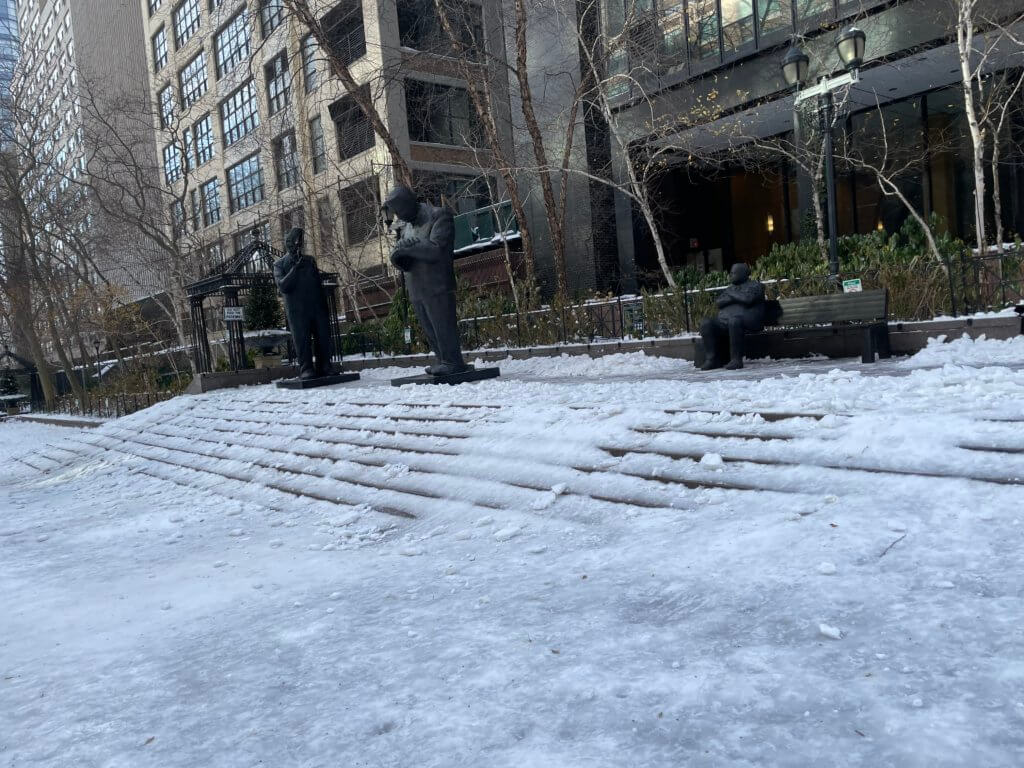
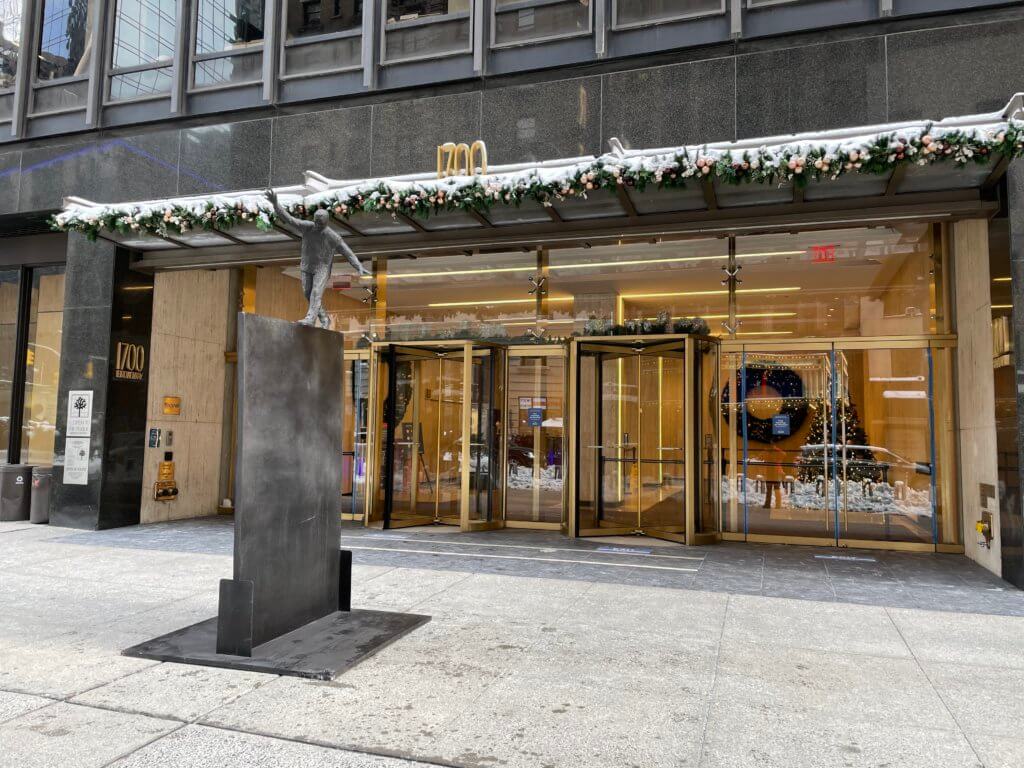
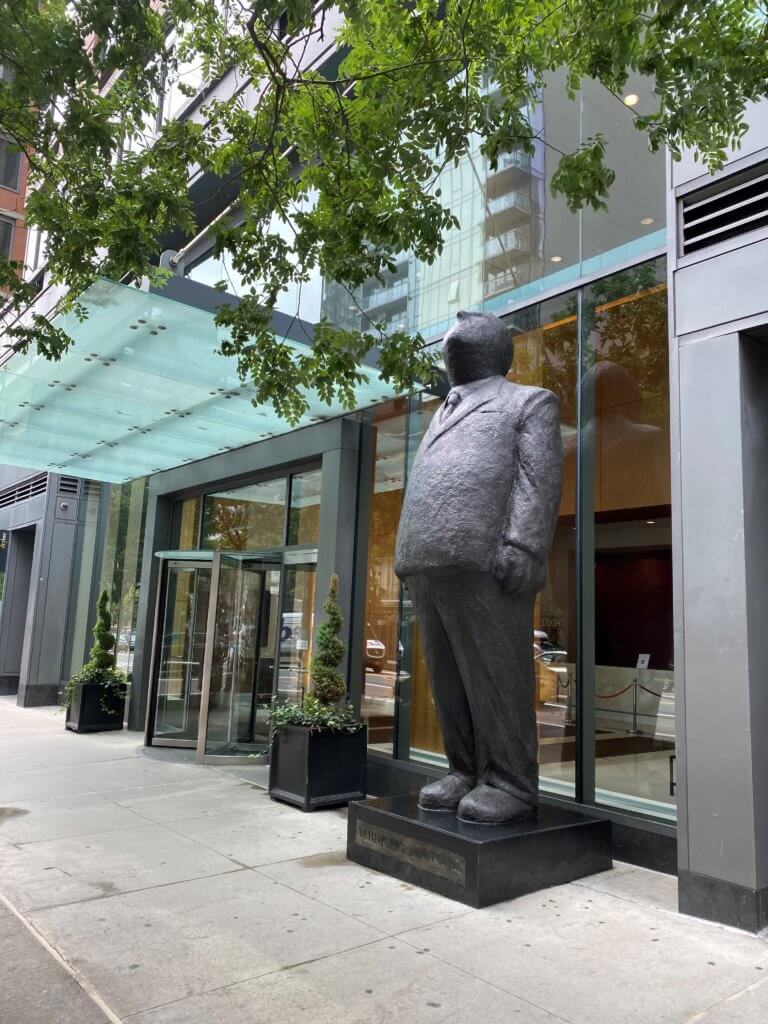
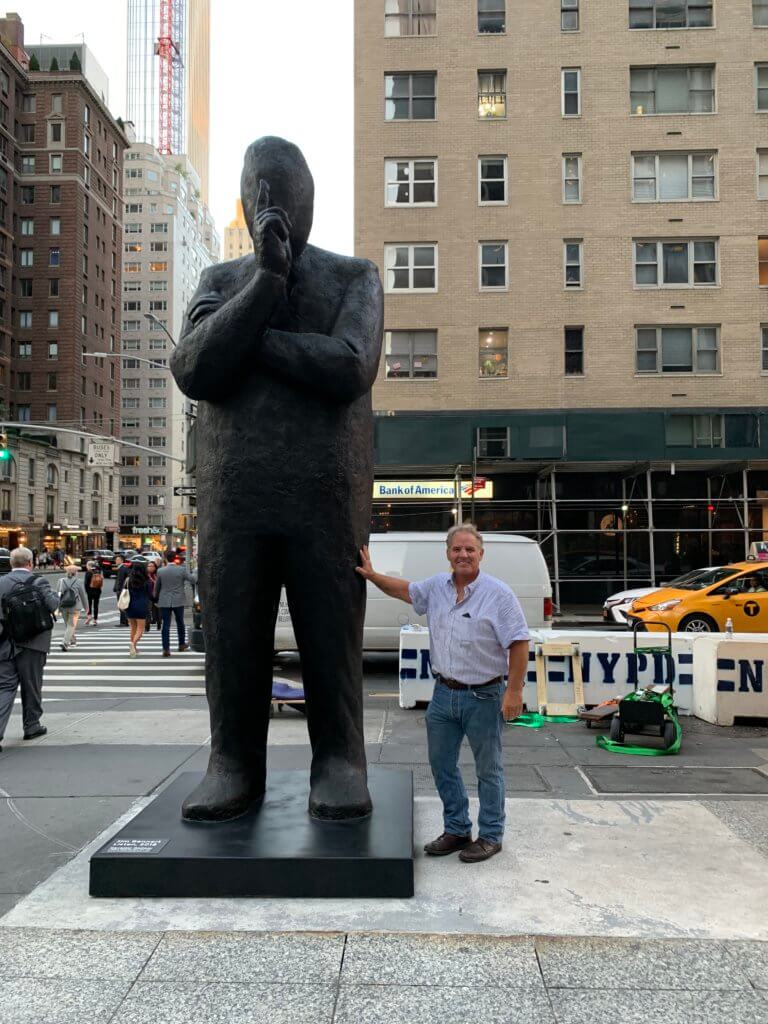
Rennert moved to New York City right before the COVID-19 shutdowns in 2020. Rennert came to the city because it was such a source of inspiration for him, but with everything shut down he started to feel cornered by the feelings of loneliness in his own home.
“I finally started to be inspired because I felt so trapped. I did a piece of a guy, a figure in a birdcage, called “Caged But Not Conquered,” said Rennert. “I did another of a guy in a straightjacket. There was a lot of talk about slowing the curve, which for me it was like a domino effect. I did a piece called ‘Domino Effect,’ where 3 dominoes have fallen and one guy is trying to stop them.”
Rennert also created five pieces based on the insurrection at the U.S. Capitol building. It will be some time before the pieces are finished, which is why Rennert is glad that he was able to get some of his art out in public spaces for New Yorkers to enjoy.
“Even though no one was out, it was nice that those that were could see something and have an experience,” said Rennert. “It’s nice to be able to put art on out the street that people can appreciate while galleries and museums have been closed.”
Even amid the pandemic, Rennert recognizes how important creating was for him during that time.
“Art, for me, saves my life. To have a purpose and to be able to be creative and create was really important. It was a tough time, but the one thing about sculpting at least you can do the clay and make the mold,” said Rennert. “It can be hard to motivate yourself because you can’t get a cast now but I had to get the ideas out. It gives me a real purpose and gives me a reason to hang around.”
For more information about Rennert and his art, visit www.jimrennert.com.
